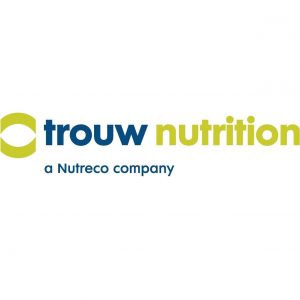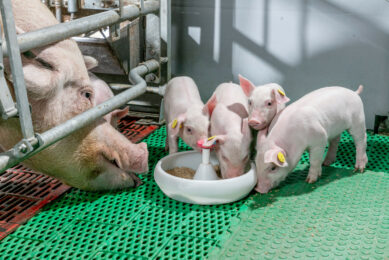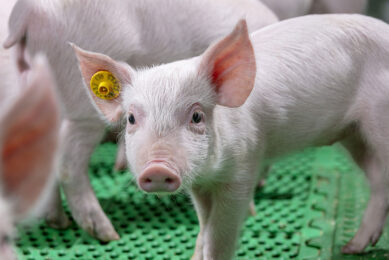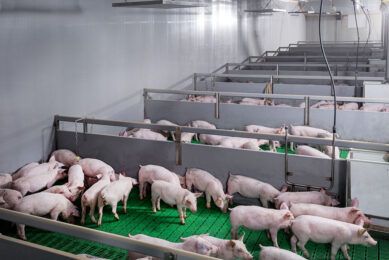Dietary design: Particle size distribution in piglet feed
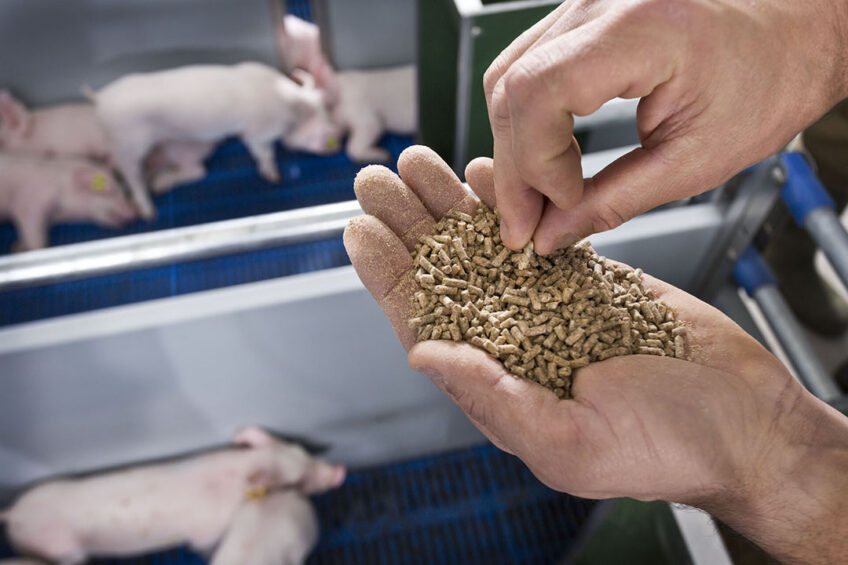
When it comes to designing diets for weaning piglets, adding structure to the feed can nurture young animals’ gut health, growth and performance. Feeding trials show that formulating a diet to include an optimal distribution of particle sizes – including some coarser particles – can support young animals, even in health-challenged environments.
Including a higher fraction of coarse particles in the diet represents a shift in formulating practices. Aiming to make it easier for piglets to access nutrients, weaning diets have traditionally included mostly fine particles. But as scientists discover more about young pigs’ gastrointestinal systems, they are realising that the fast passage rate of fine particles is not entirely beneficial.
A piglet’s stomach and intestines do much more than digest feed and absorb nutrients. The gastrointestinal tract (GIT) also plays a key role in managing pathogens, such as Escherichia coli, that can lead to diarrhoea challenges. As producers aim to reduce the use of antimicrobials in their herds, nutrition offers a strategy to help steer piglet gut development and manage gut health issues.
The case for including coarse components
While finely ground ingredients have been linked to an increase in nutrient digestibility, feed efficiency and daily gain, literature has noted that diets containing only fine particles can present a risk for increased stomach keratinisation, mucosal erosion and ulceration. New trials demonstrate that a wider distribution of particle sizes – including more coarse components – may potentially improve animal health and fortify intestinal maturation.
Shifting the diet to include more coarsely ground ingredients may allow feed to stay in the GIT longer to support physiological functions, address pathogens and make piglets more resilient to challenges. In studies, animals that received diets with varied particle sizes tended to have a higher empty stomach weight and increased empty colon weight – indicators that GIT development had been stimulated. Additionally, diets designed with coarse particles have been found to improve the barrier between the large and small intestine and to help establish stomach pH levels where select pathogens cannot survive.
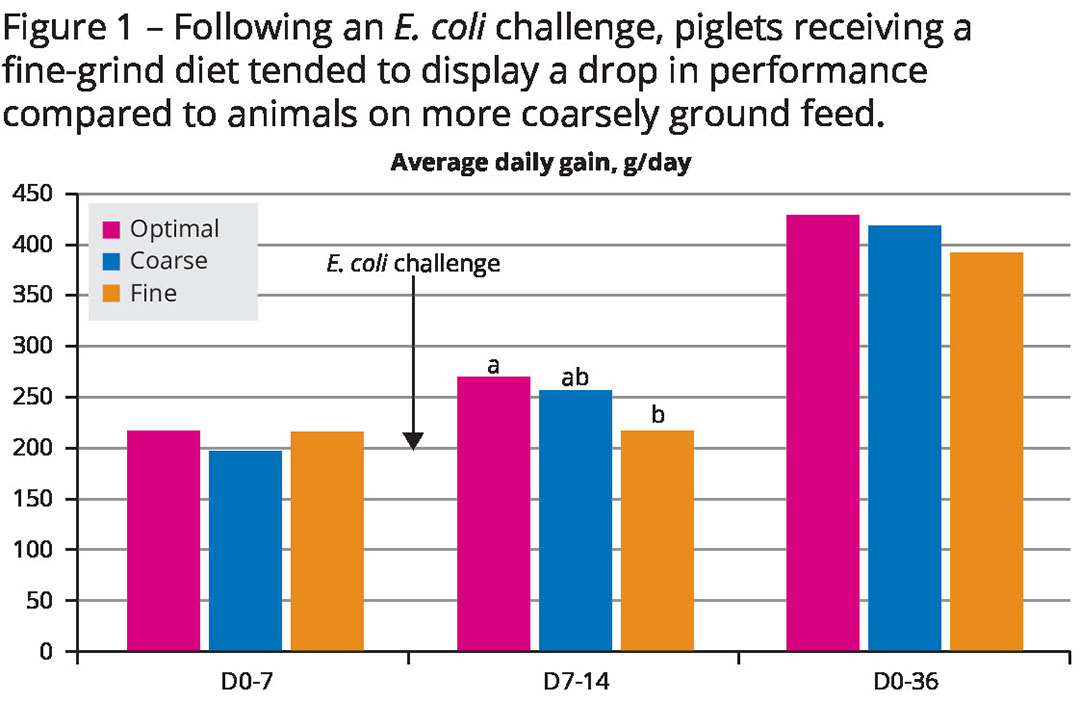
Looking at trial data
Piglets in a feeding trial that looked at particle size were challenged with an E. coli inoculum on day 7 post-weaning for 3 consecutive days. 3 diets based on Milkiwean Vital Start recommendations were offered during phase one – days 0–21 – and piglets were monitored through to day 42 post-weaning. The diets included a feed with only fine particles, a feed with some coarse particles and an optimal blend with multiple particle sizes.
Different grinds resulted in similar pellet hardness and durability. Mean particle size of the fine diet was 138 µm, of the coarse diet 291 µm and of the optimal diet 270 µm. Following the E. coli challenge, there was more variation in response, with the fine diet showing the lowest performance (P<0.05). By day 36, body weight was highest (P<0.05) for piglets on the coarse and optimal grind diets (22.6 kg) and lowest for animals on the fine feed (22.0 kg).
Faecal scores were given on a 5-point scale (scores 2 and 3 indicating 2 levels of diarrhoea). The number of days in a period that pens scored a 2 or 3 (diarrhoea) were calculated and reported as diarrhoea incidences, which was consistently lowest for the optimal diet and mostly highest for the fine diet.
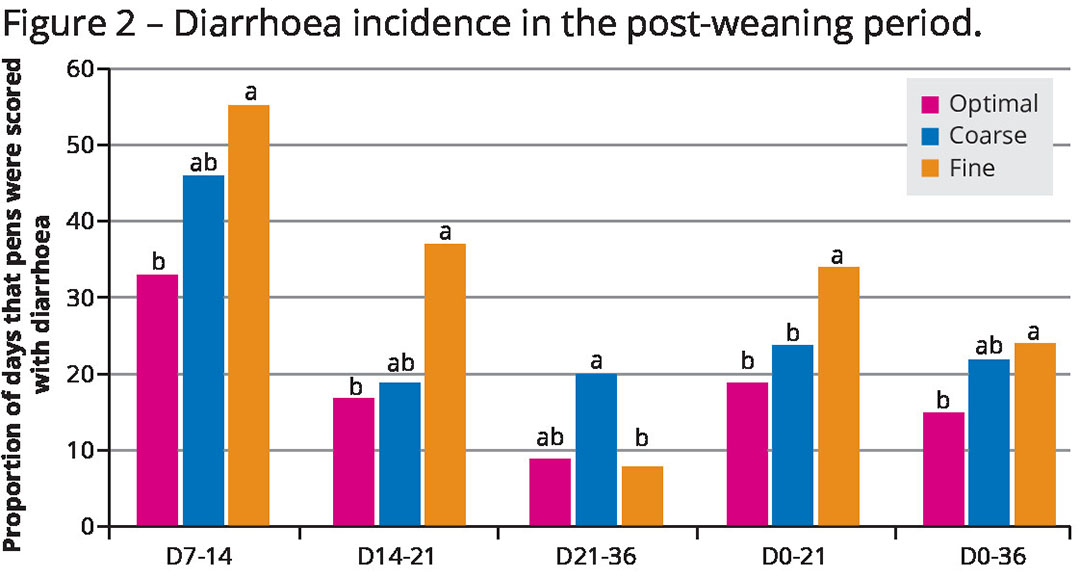
Performance under a disease pressure
Results from the feeding trial were validated with a series of three field trials that explored the influence of particle size on piglet performance and faecal consistency. One trial was done at a facility with known on-farm diarrhoea pressure. In each trial, animals received a diet with only finely ground particles or a diet with optimal particle size distribution.
The trials demonstrated no drop in performance when coarser particles were included and health pressure was low. Differences were noted in animal mortality, treatment and diarrhoea. In two trials, animal deaths were higher for piglets receiving the fine diet (10.0% vs 2.5% and 8.9 vs 6.5%). In the trial at the disease-pressured farm, animal deaths were slightly higher for piglets receiving the diet including coarse particles (1.6% vs 2.2%). However, animals receiving the coarsely ground diet saw fewer days of treatment for gut health issues (2.4% vs 1.9%) and tended to see fewer treatment days for other problems. Additionally, animals on the coarse diet had fewer instances of diarrhoea, with incidence in the first two weeks post-weaning being 6% for the diet with optimal particle size compared to 21% for the fine diet (P<0.05).
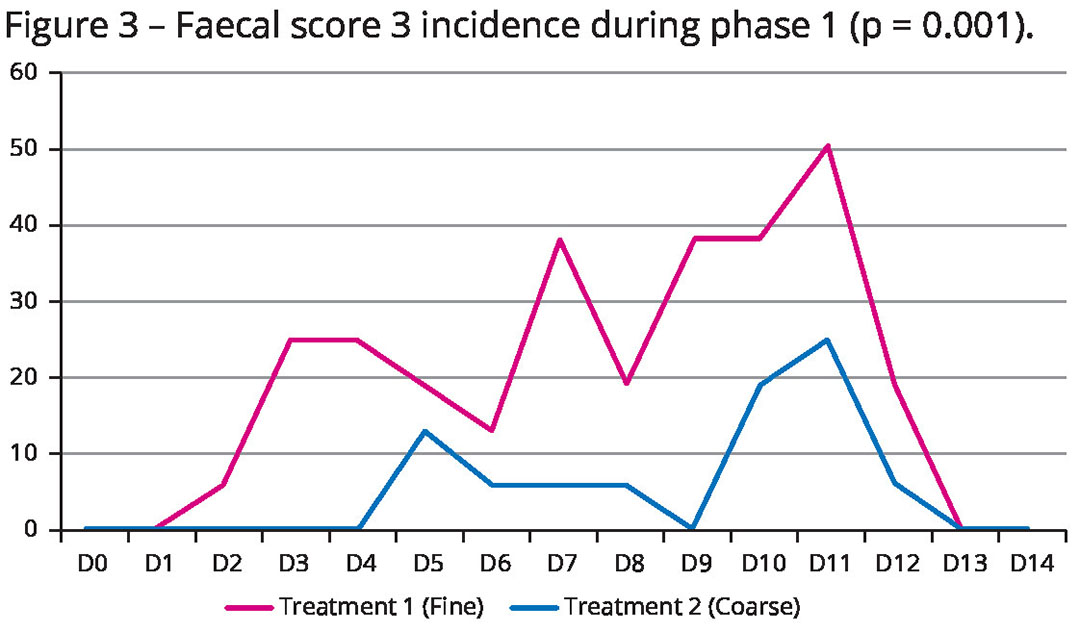
Implications
Trial findings suggest that formulating diets with an optimal distribution of particle sizes may nurture gut development, help piglets cope with gut health disorders and reduce incidence of diarrhoea. As coarser elements in feed slow the rate of feed passage, this may grant regulatory mechanisms in the GIT adequate time to function. Including more coarse particles may also support piglet resilience in health-challenged environments without reducing performance. Findings from feeding trials have informed an enhanced Milkiwean Vital Start feeding programme. Tailored for use in facilities with potential for heath challenges, the augmented diet includes more coarsely ground feed particles to better support piglet performance. Feeding a diet with an optimal distribution of particle sizes can help support piglet performance and gut health in challenged conditions.
References available upon request.


